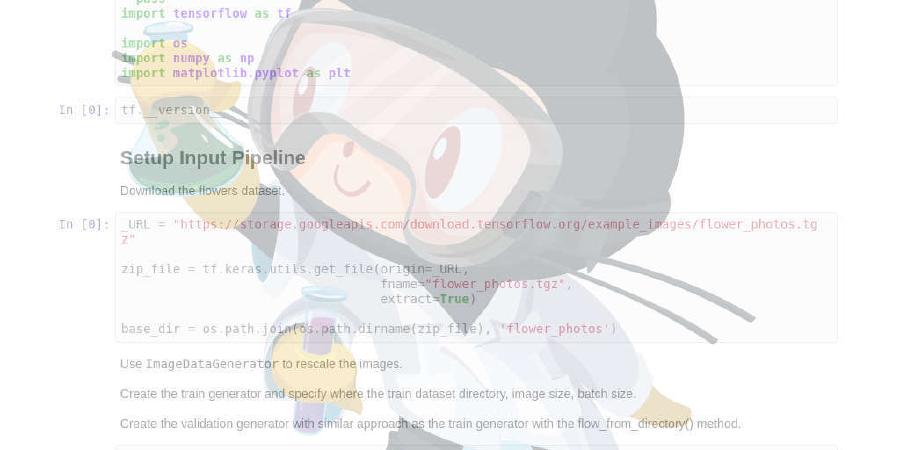DanAnastasyev/DeepNLP-Course

Deep NLP Course
| repo name | DanAnastasyev/DeepNLP-Course |
| repo link | https://github.com/DanAnastasyev/DeepNLP-Course |
| homepage | |
| language | Jupyter Notebook |
| size (curr.) | 1974 kB |
| stars (curr.) | 463 |
| created | 2018-02-21 |
| license | |
Deep NLP Course at ABBYY
Deep learning for NLP crash course at ABBYY.
Suggested textbook: Neural Network Methods in Natural Language Processing by Yoav Goldberg
I’m gradually updating and translating the notebooks right now. Stay in touch.
Materials
Week 1: Introduction
Sentiment analysis on the IMDB movie review dataset: a short overview of classical machine learning for NLP + indecently brief intro to keras.
Week 2: Word Embeddings: Part 1
Meet the Word Embeddings: an unsupervised method to capture some fun relationships between words.
Phrases similarity with word embeddings model + word based machine translation without parallel data (with MUSE word embeddings).
Week 3: Word Embeddings: Part 2
Introduction to PyTorch. Implementation of pet linear regression on pure numpy and pytorch. Implementations of CBoW, skip-gram, negative sampling and structured Word2vec models.
Week 4: Convolutional Neural Networks
Introduction to convolutional networks. Relations between convolutions and n-grams. Simple surname detector on character-level convolutions + fun visualizations.
Week 5: RNNs: Part 1
RNNs for text classification. Simple RNN implementation + memorization test. Surname detector in multilingual setup: character-level LSTM classifier.
Week 6: RNNs: Part 2
RNNs for sequence labelling. Part-of-speech tagger implementations based on word embeddings and character-level word embeddings.
Week 7: Language Models: Part 1
Character-level language model for Russian troll tweets generation: fixed-window model via convolutions and RNN model.
Simple conditional language model: surname generation given source language.
And Toxic Comment Classification Challenge - to apply your skills to a real-world problem.
Week 8: Language Models: Part 2
Word-level language model for poetry generation. Pet examples of transfer learning and multi-task learning applied to language models.
Week 9: Seq2seq
Seq2seq for machine translation and image captioning. Byte-pair encoding, beam search and other usefull stuff for machine translation.
Week 10: Seq2seq with Attention
Seq2seq with attention for machine translation and image captioning.
Week 11: Transformers & Text Summarization
Implementation of Transformer model for text summarization. Discussion of Pointer-Generator Networks for text summarization.
Week 12: Dialogue Systems: Part 1
Goal-orientied dialogue systems. Implemention of the multi-task model: intent classifier and token tagger for dialogue manager.
Week 13: Dialogue Systems: Part 2
General conversation dialogue systems and DSSMs. Implementation of question answering model on SQuAD dataset and chit-chat model on OpenSubtitles dataset.
Week 14: Pretrained Models
Pretrained models for various tasks: Universal Sentence Encoder for sentence similarity, ELMo for sequence tagging (with a bit of CRF), BERT for SWAG - reasoning about possible continuation.
Final Presentation
NLP Summary - summary of cool stuff that appeared and didn’t in the course.






